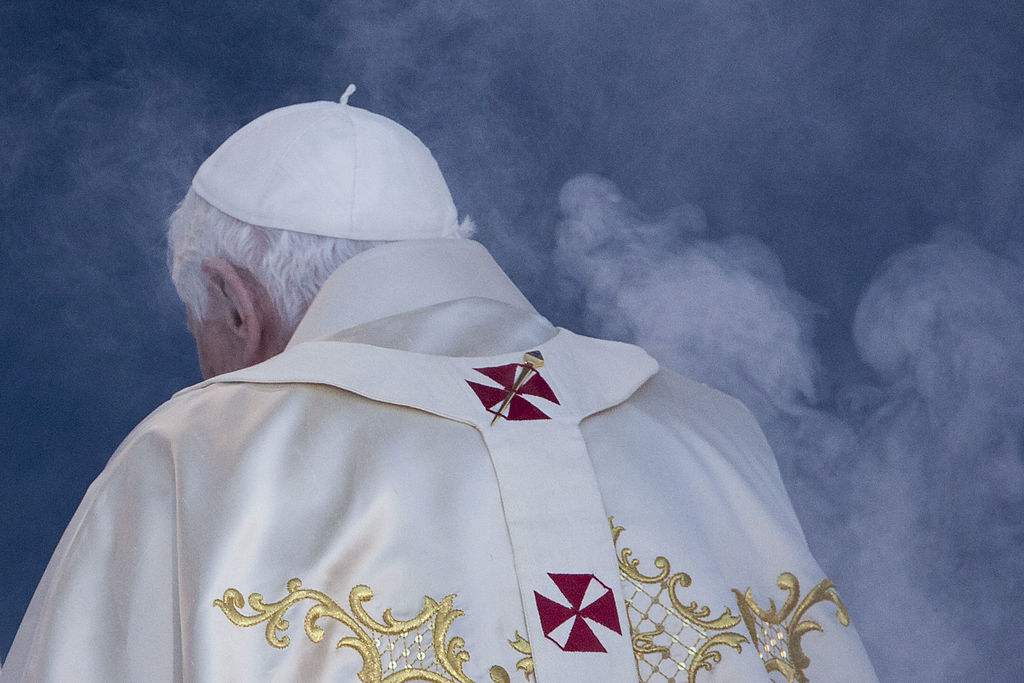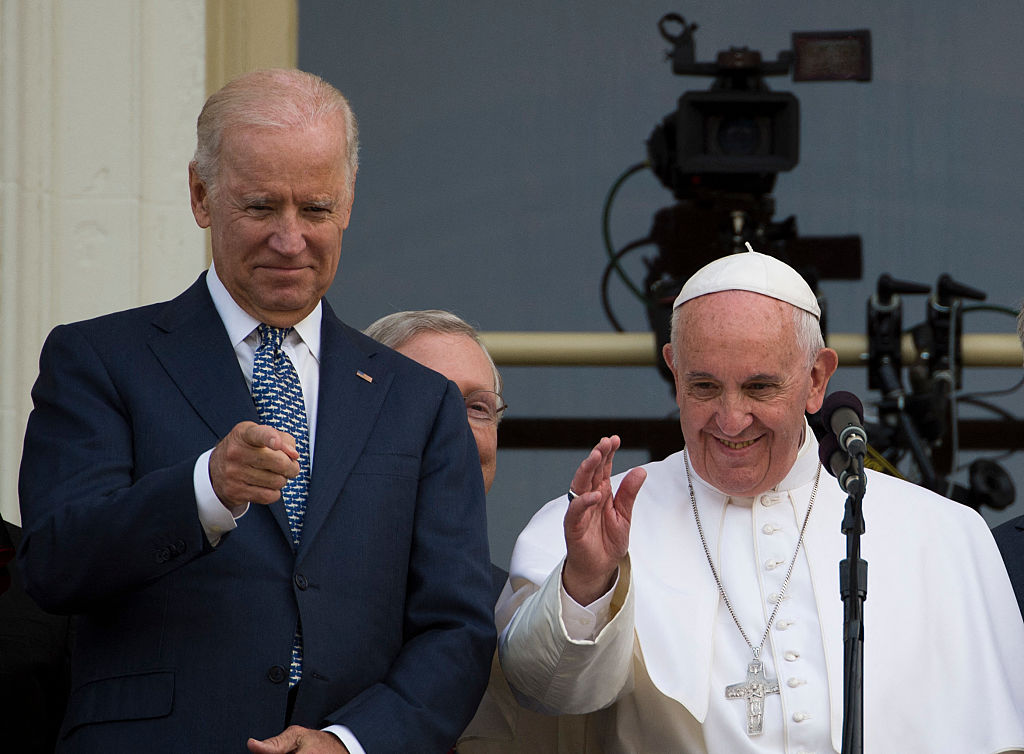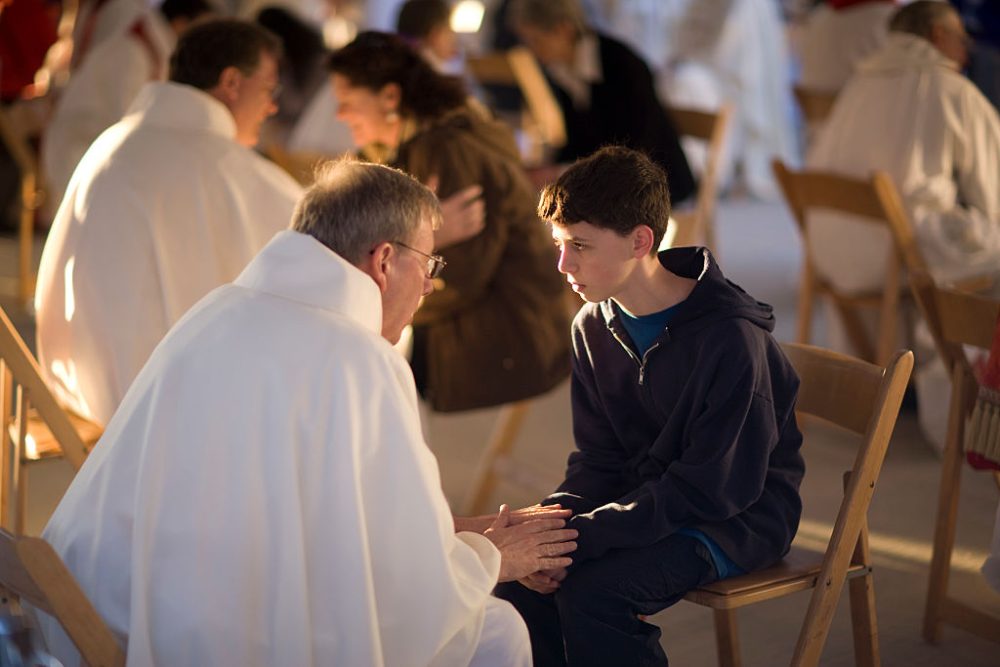As 2022 slipped away, so did Benedict XVI, quietly and without enormous impact on world affairs. Popes generally die in action, their hands still gripping the helm of Saint Peter’s barque, giving up the job only with their last breath. But Benedict had long ago passed the wheel over to Francis and settled in a sheltered spot away from the wind and the waves.
No major change will follow his death. The man in charge is, and has been, Pope Francis. With the death of Benedict, Catholics can simply expect more of the same.
The great tragedy of Benedict XVI concluded years ago, on that fateful February day in 2013 when he announced his abdication. The shock of his loss was felt with heightened poignancy, since it was of his own choosing. For this reason (and also because of the strangeness of having two living popes) his departure from this life has been met with a more subdued reaction than would otherwise have been the case.
Quo vadis the Catholic Church in 2023? For several decades now, the Church has been struggling through an identity crisis. Many believe that Pope Francis is steering the ship in a dramatically different direction than Benedict — but is that really so?
Benedict XVI’s pontificate was defined — as was the majority of his career — by the Second Vatican Council and its fallout. As an influential young theologian in the early 1960s, Joseph Ratzinger aligned himself with the progressives at Vatican II, helping them enshrine ideas within the council documents that would serve as a basis for reshaping the way Catholics believed, lived and worshipped. In this way, it was hoped, a backward Church could finally be brought up to date with the modern world.
As time went by, however, Ratzinger came to deplore many of the consequences of the Council’s implementation. A man of intellect and artistic sensibility, he saw the cultural and spiritual losses inflicted by cutting off the Church from its wealth of tradition. He also perceived the logical problem in setting contemporary Catholicism into opposition with traditional Catholicism. Yet he remained attached to the modernizing vision to which he had contributed at the Vatican Council.
The effort to resolve this identity crisis would become the overarching theme of his pontificate. After his startling abdication, history will remember Benedict XVI chiefly for the document Summorum Pontificum, in which he presented his solution: a simple, authoritative declaration that no contradiction exists between past and present Catholicism. As a concrete symbol of continuity, Benedict reinstated the use of the Traditional Latin Mass (outlawed since the 1970s outside of a few rare enclaves) alongside the modern Mass.
The liberation of the old Mass was welcomed by traditionalists. Yet neither they nor the progressives really bought into Benedict’s solution. Both sides held that the Council was a moment of rupture, that a radical attempt had been made to alter Catholic identity. Traditionalists wanted the old identity clearly reaffirmed; progressives wanted to continue constructing a new, amorphous identity that would evolve in lockstep with modern culture. And most ordinary faithful in the middle had no idea what was going on.
Then Francis became pope. Faced with the question of what it means to be a Catholic today, he has come down firmly on the side of progressives. He feels free to differ from established doctrine, notably on the death penalty, but also in signing the Abu Dhabi agreement on human fraternity, which contained a clause explicitly contrary to Catholic teaching. He appeared to encourage the divorced and remarried to receive Communion, in defiance of Church law.
But it’s not merely playing fast and loose with the Commandments (if that weren’t bold enough). Pope Francis willingly disrupts traditional Church governance, as he did in his China deal — where Chinese Catholic clergy, who had remained loyal to Vatican governance at the risk of their lives, were thrown under the bus to please the communist regime. The current synod on synodality is another example: a mouthful of buzzwords that refers to a slow, deliberate method of restructuring the hierarchy — and thus the identity — of the Church. The mass unruliness of the German church is simply another example of deliberately tolerated dissension: the new Catholic identity promoted by Francis is not bound to the order or beliefs of the past; it flexes with the contemporary situation.
Under Francis, the Vatican is focused on humanitarian and globalist themes — themes more likely to please those outside the fold than those within. What’s ironic is that although many see Francis as a clear-cut opponent to Benedict, both popes set their course by the light of the same progressive vision in the 1960s. Despite Benedict’s discomfort with the consequences, his unwillingness to reexamine those first foundations show that, as journalist Ed Condon wrote for The Pillar, “Pope Benedict’s most important legacy is Francis.”
Will 2023 and the next years under Francis bring us anything different? The future isn’t terribly foreseeable these days. But Francis seems firmly committed to the program of a new Catholic identity. We’ll likely see more humanitarian and ecological focus, more dismissal of doctrine and belief as mere technicalities. We’ll continue to see restructuring efforts that reduce the authority of bishops and increase the power of bureaucracy. Scandals will continue to plague an institution where the spiritual has been relegated to second place, after materialistic concerns. More and more Catholics will become frustrated and either turn to traditionalism or leave the Church, practically if not formally.
What could break the cycle? Perhaps a pope who realizes, as the old expression has it, that he is only the vicar of Jesus Christ — not His successor.

























